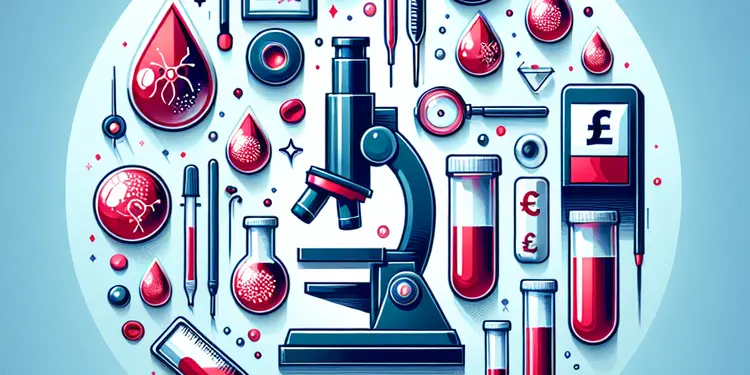
Find Help
More Items From Ergsy search
-
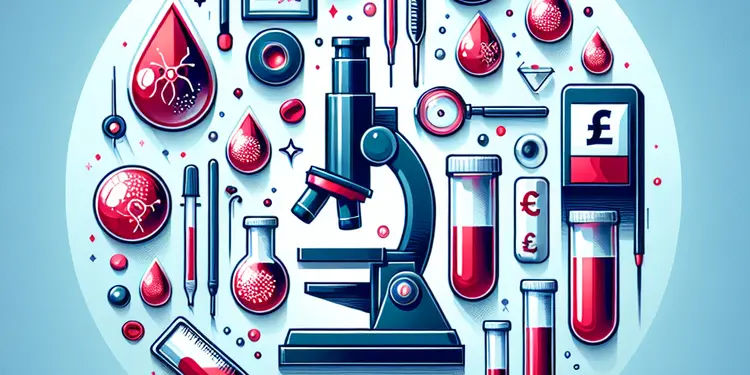
How is blood screened to prevent disease transmission?
Relevance: 100%
-
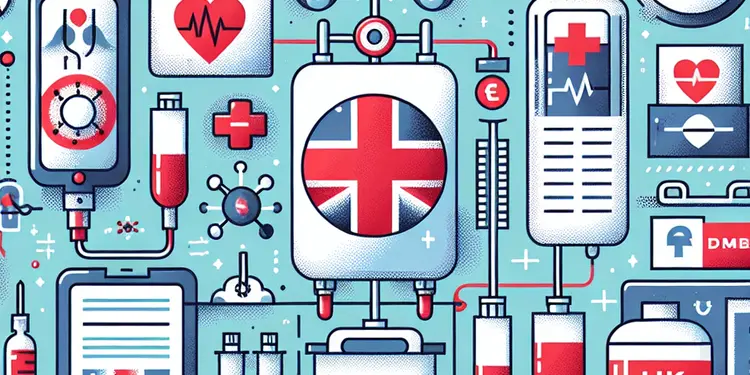
What measures are taken to prevent disease transmission in blood transfusions?
Relevance: 79%
-
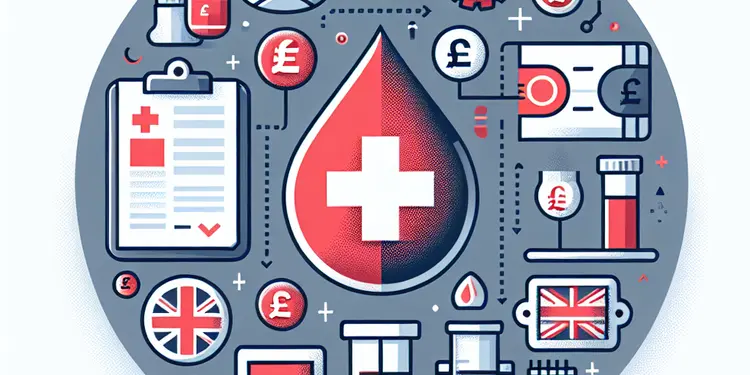
Why is blood donation history important in preventing disease transmission?
Relevance: 76%
-
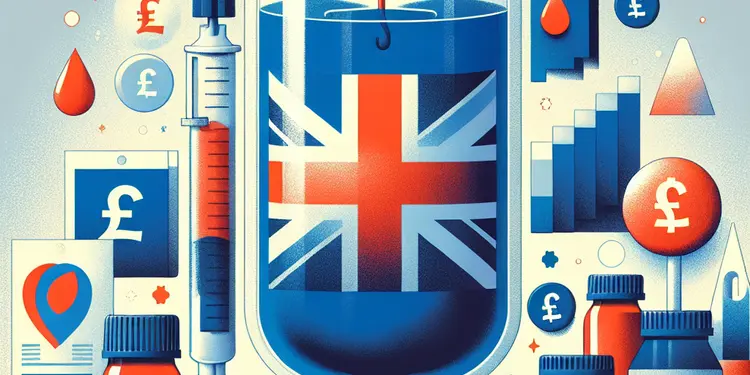
Is Chagas disease a concern with blood transfusions?
Relevance: 68%
-

What diseases can be spread by blood transfusions?
Relevance: 68%
-
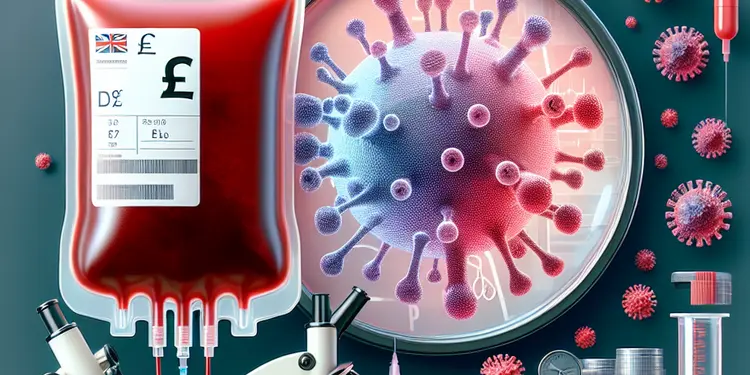
What is the most common disease transmitted by blood transfusion?
Relevance: 65%
-
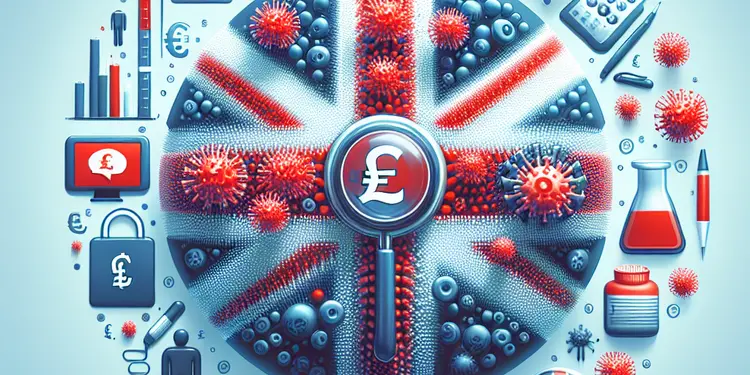
Is Zika virus screened for in blood transfusions?
Relevance: 61%
-
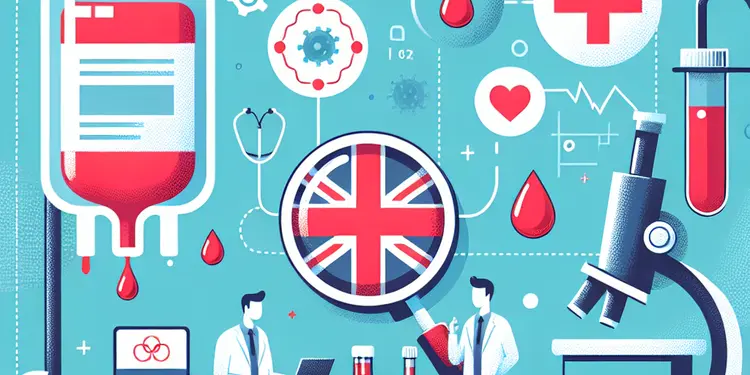
Can you get any prion diseases from blood transfusion?
Relevance: 58%
-
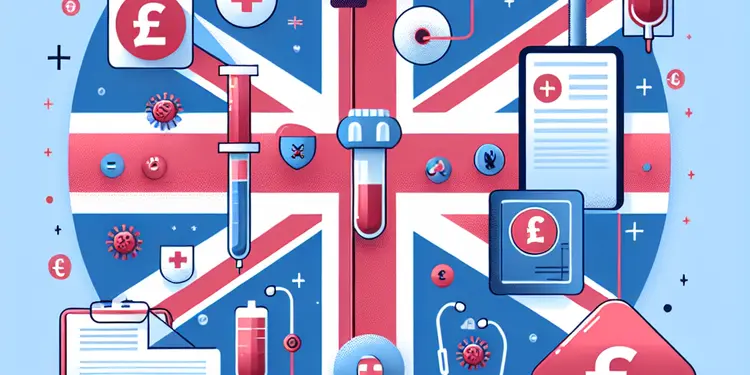
Are there any parasites that can be transmitted through blood transfusions?
Relevance: 55%
-
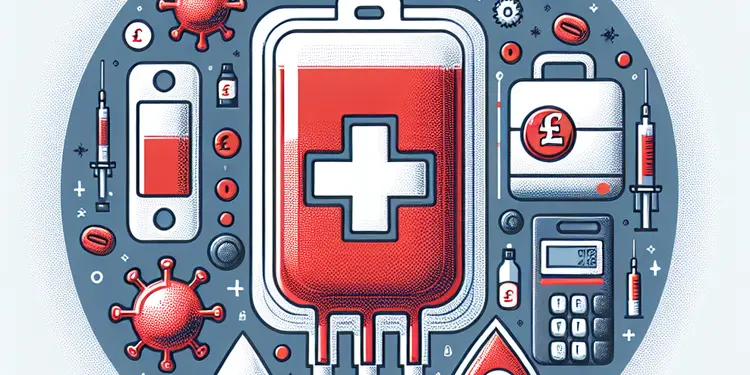
Is HTLV a risk in blood transfusions?
Relevance: 52%
-
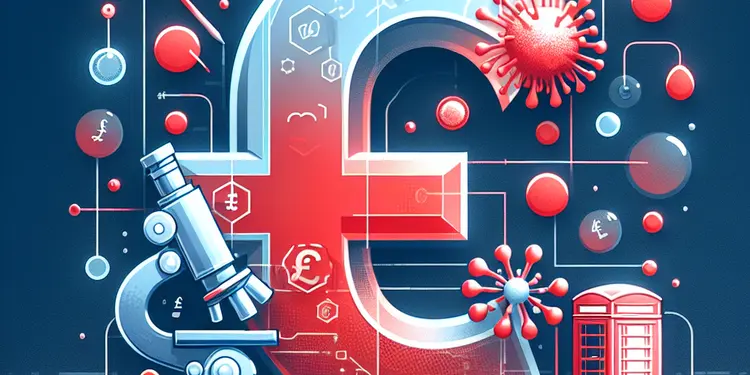
Is malaria still a concern for blood transfusion safety?
Relevance: 52%
-
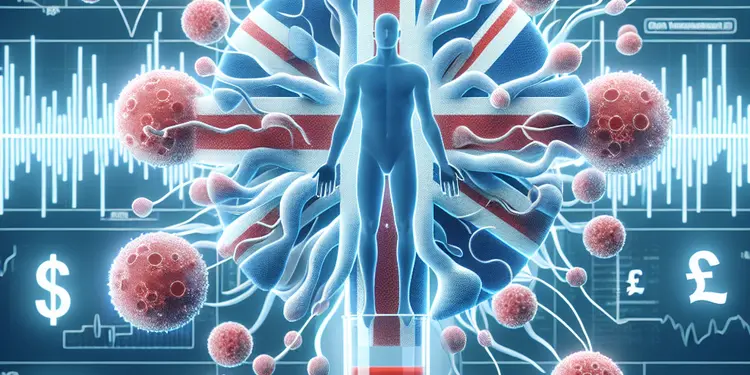
Can syphilis be transmitted via blood transfusion?
Relevance: 52%
-
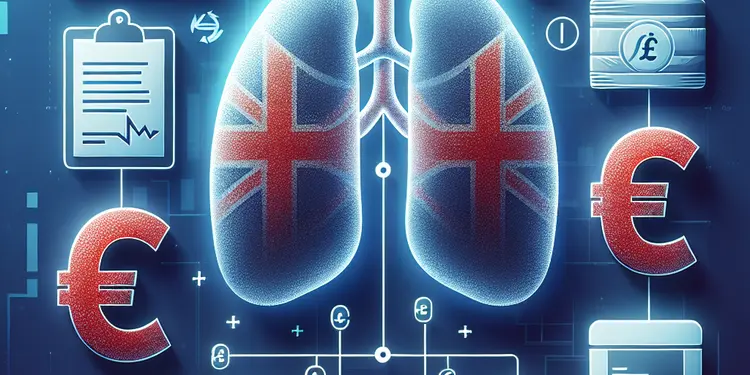
Is Hepatitis B a risk in blood transfusions?
Relevance: 52%
-
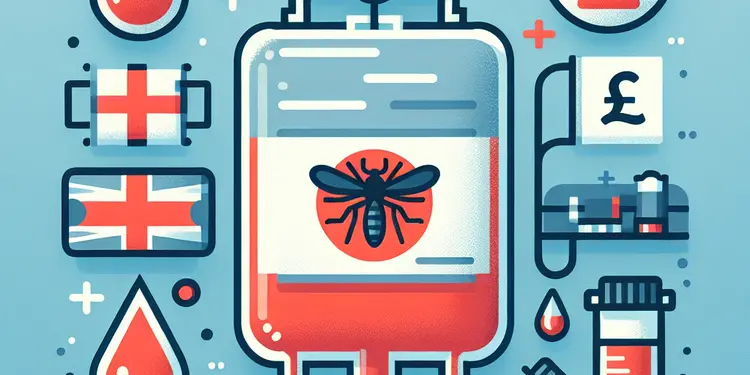
Can Dengue fever be transmitted through blood transfusions?
Relevance: 49%
-
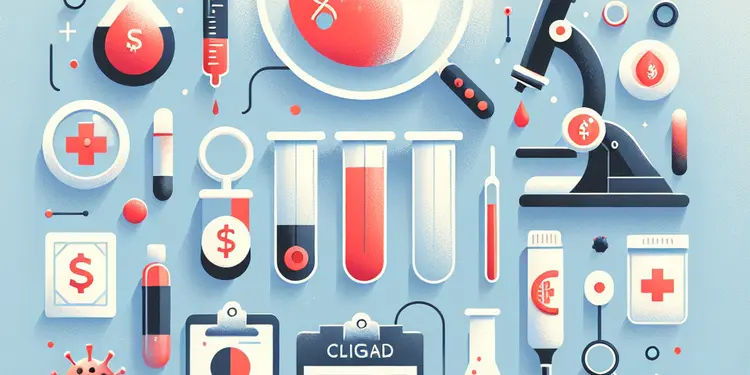
What other viruses are tested for in blood donations?
Relevance: 48%
-
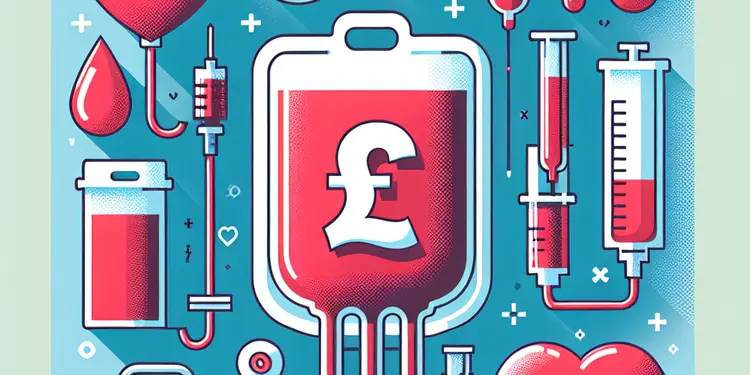
Can HIV be transmitted through blood transfusions?
Relevance: 47%
-
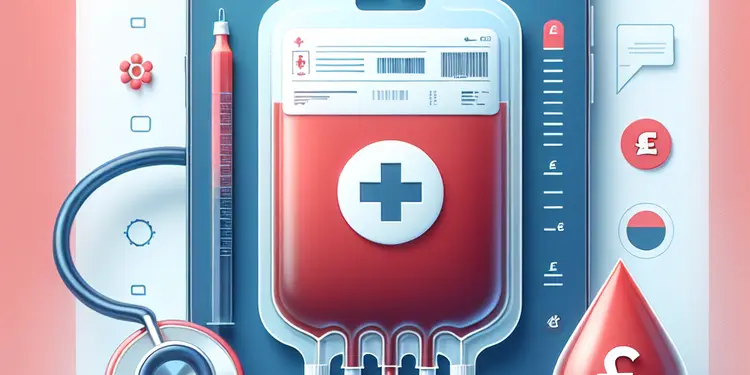
Can bacterial infections be transmitted through blood transfusion?
Relevance: 44%
-
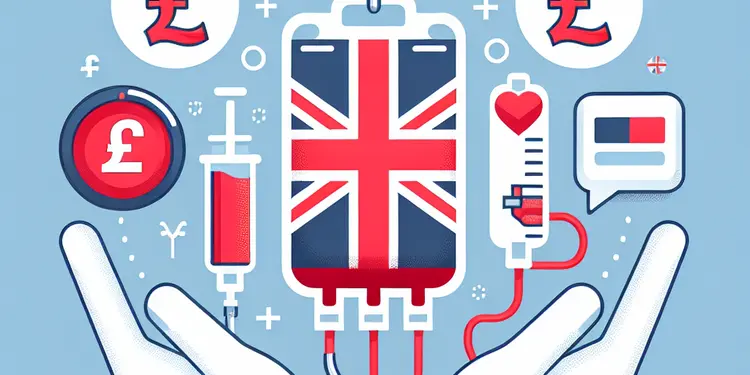
Can COVID-19 be transmitted through blood transfusions?
Relevance: 42%
-

Are new variants more transmissible?
Relevance: 42%
-
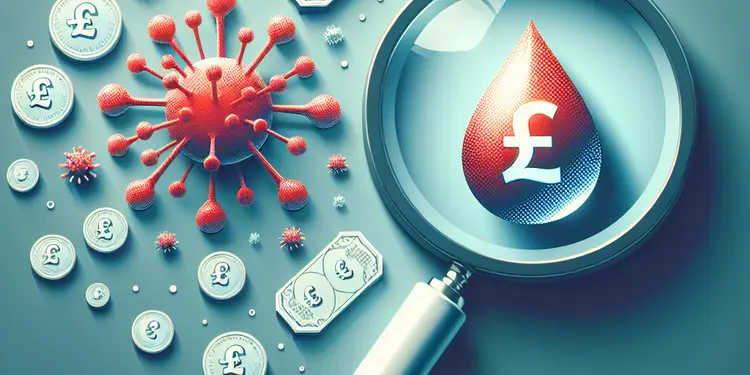
Are new emerging pathogens a risk for blood safety?
Relevance: 41%
-

How is Lyme disease transmitted?
Relevance: 40%
-
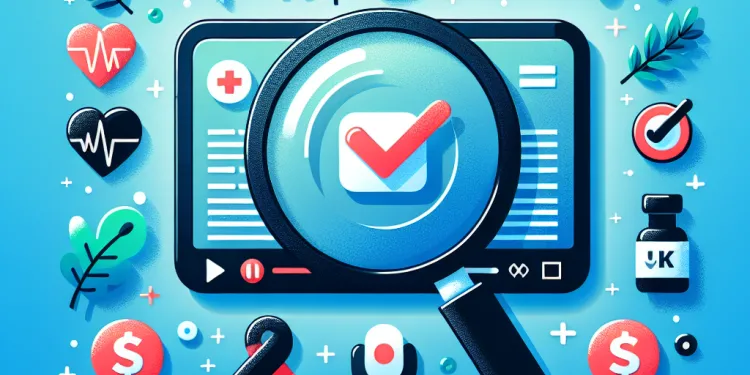
Health Screenings You Should Know About
Relevance: 38%
-
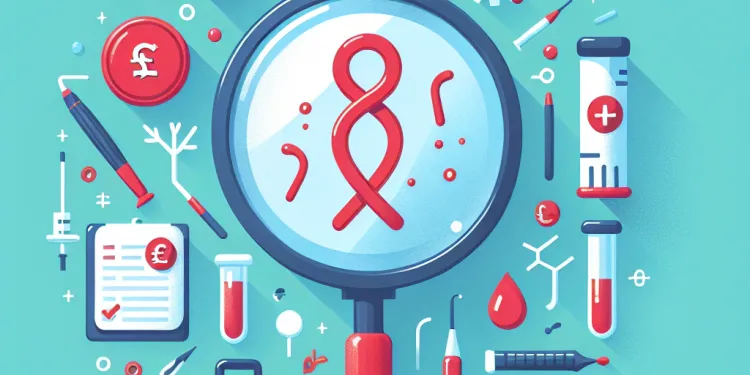
How is sickle cell disease diagnosed?
Relevance: 38%
-
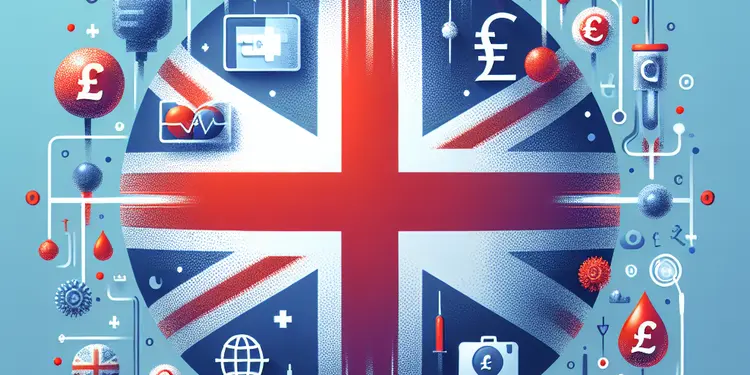
Are there global differences in screening for blood transfusions?
Relevance: 38%
-

Do all mosquitoes in the UK carry diseases?
Relevance: 37%
-
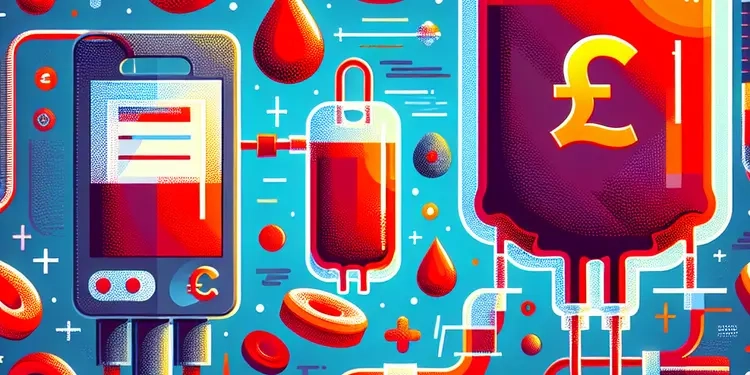
What is a blood transfusion?
Relevance: 36%
-

Introduction to Sickle cell disease
Relevance: 36%
-
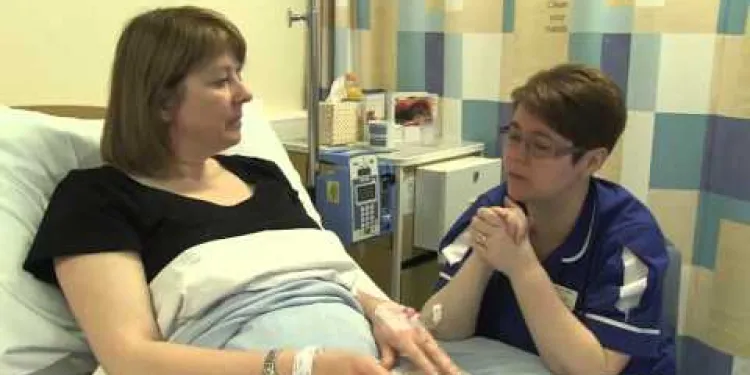
Blood Transfusion
Relevance: 36%
-
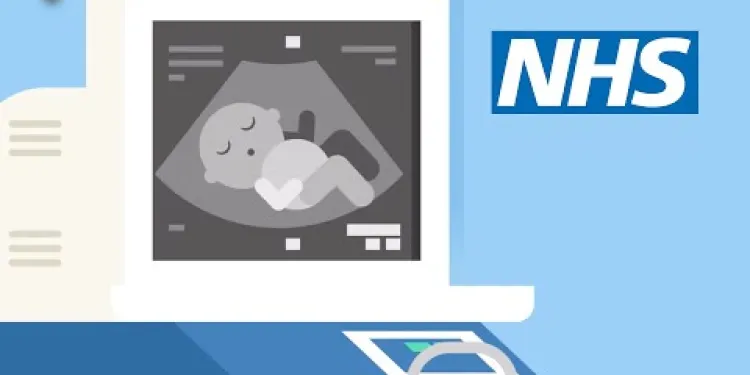
Screening tests for you and your baby | NHS
Relevance: 35%
-

What role do fruit bats play in Nipah Virus transmission?
Relevance: 35%
-
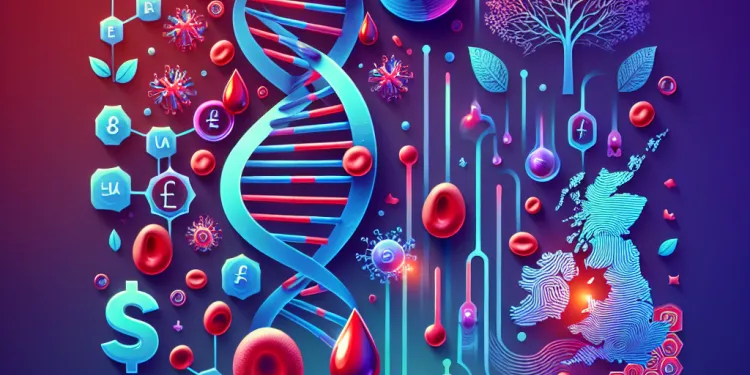
How is sickle cell disease inherited?
Relevance: 35%
-

Blood Product Transfusions
Relevance: 35%
-
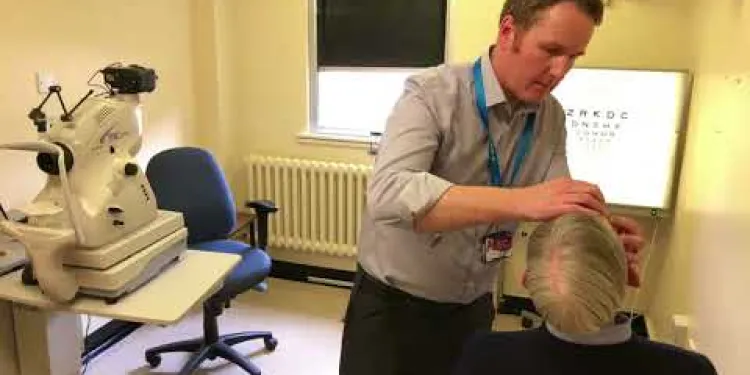
Derbyshire Diabetic Eye Screening - Diabetic Eye Screening
Relevance: 34%
-
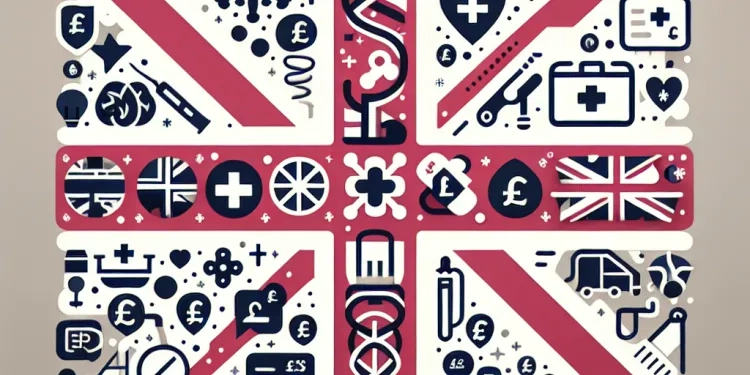
Can Marburg virus disease be prevented?
Relevance: 34%
-
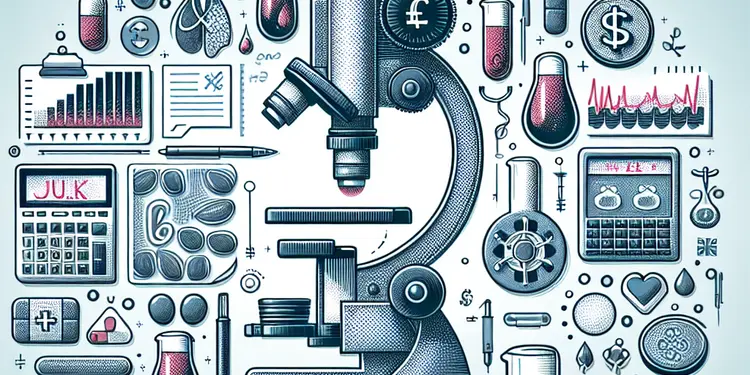
How does a fecal occult blood test (FOBT) work?
Relevance: 34%
-

Diabetes Eye Screening
Relevance: 34%
-
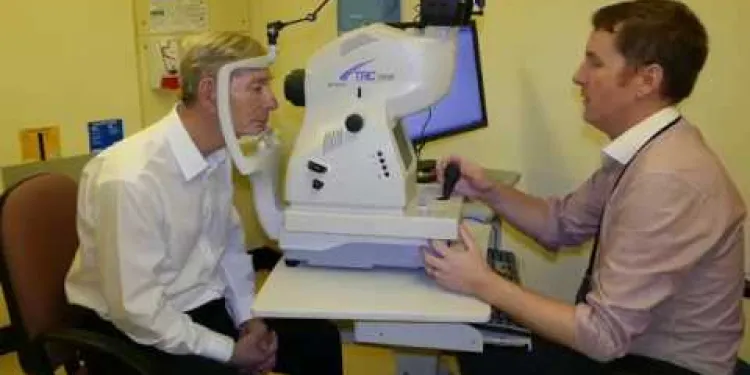
Derbyshire Diabetic Eye Screening - Your Screening Appointment
Relevance: 33%
-
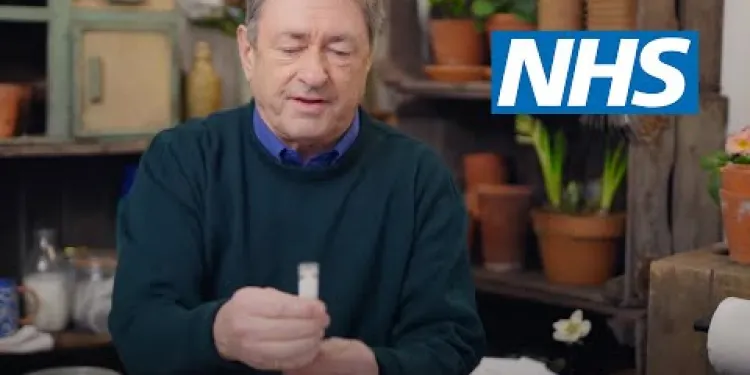
Bowel cancer screening: Alan Titchmarsh and Tommy Walsh | NHS
Relevance: 33%
-

Do UK mosquitoes carry diseases?
Relevance: 33%
-

Why is high blood pressure called a 'silent killer'?
Relevance: 33%
Introduction to Blood Screening
Blood screening is a crucial process undertaken to ensure the safety and purity of blood and its components before they are used in transfusions or for the production of blood products. In the UK, the screening procedures are thoroughly regulated to prevent the transmission of infectious diseases, safeguarding both recipients and healthcare systems.
The Importance of Blood Screening
Blood transfusions are lifesaving procedures, but they come with inherent risks if the blood is not properly screened. Screening is essential to avoid the spread of serious diseases such as HIV, hepatitis B and C, and syphilis. The introduction of rigorous screening protocols has significantly reduced the risk of disease transmission through transfusions.
Blood Donation and Collection
The blood screening process starts with careful donor selection. Potential donors are required to fill out a detailed health questionnaire covering medical history, lifestyle factors, and recent travel. This initial assessment helps identify any risk factors that might disqualify someone from donating blood.
Initial Blood Tests
Once blood is collected, it undergoes a series of tests. The first set of tests typically includes blood typing and Rh factor determination, ensuring compatibility between donor and recipient. Beyond this, the primary focus is on identifying any trace of infectious agents that could be harmful.
Screening for Infectious Diseases
UK blood banks perform mandatory testing for various infectious diseases. The most common screenings include tests for the human immunodeficiency virus (HIV), hepatitis B and C, and syphilis. Tests are conducted using advanced techniques like nucleic acid testing (NAT), which detects the genetic material of viruses, allowing for early detection of infections, even before antibodies develop.
Advanced Testing Methods
In addition to standard screenings, blood banks employ sophisticated methods like enzyme-linked immunosorbent assay (ELISA) and polymerase chain reaction (PCR) to identify the presence of viruses or bacteria in donor blood. These tests are highly sensitive and can detect minute levels of pathogens, enhancing the safety of the blood supply.
Ensuring Quality and Safety
The processing and storage of blood are also critical steps in maintaining the integrity of the blood supply. Blood components are separated and stored under controlled conditions to extend shelf life and preserve functionality. Continuous quality control measures are in place to monitor all stages of the blood donation process, from collection to transfusion.
Regulatory Framework
The safety of blood transfusions in the UK is governed by stringent regulations enforced by organizations such as the Medicines and Healthcare products Regulatory Agency (MHRA) and NHS Blood and Transplant (NHSBT). These bodies ensure compliance with safety standards and constantly update protocols in response to emerging disease threats.
Conclusion
Blood screening is a fundamental element of public health protection, minimizing the risk of disease transmission via transfusions. Advances in testing and regulatory oversight continue to enhance the safety and reliability of blood supplies in the UK, ensuring that recipients receive the highest standard of care.
Introduction to Blood Screening
Blood screening means checking the blood to make sure it is safe. This is very important before using blood for transfusions or making other blood products. In the UK, there are strict rules to make sure blood does not carry diseases. This keeps patients and doctors safe.
The Importance of Blood Screening
Giving blood to someone can save their life. But if the blood is not safe, it can spread diseases. That is why blood screening is very important. It stops diseases like HIV, hepatitis B and C, and syphilis from spreading. Thanks to careful checks, getting diseases from transfusions has become much less likely.
Blood Donation and Collection
The screening starts with picking the right people to donate blood. People who want to donate must answer questions about their health and life. This helps find any problems that might mean they cannot give blood.
Initial Blood Tests
After blood is taken, it is tested. First, the blood type is checked to make sure it matches with the person who will get it. Then, the blood is tested to find any germs that could cause disease.
Screening for Infectious Diseases
In the UK, blood is tested for diseases like HIV, hepatitis B and C, and syphilis. New and advanced tests look for signs of viruses, even very early. This helps in finding diseases sooner and keeps the blood safe.
Advanced Testing Methods
Blood banks use special tests to find tiny levels of germs in blood. These include tests like ELISA and PCR. They make sure that even the smallest amount of germs can be detected, which makes the blood supply safer.
Ensuring Quality and Safety
It is also important how blood is stored and handled. Blood is kept in special conditions to make it last longer and work well. There are checks at every step to keep blood safe from when it is donated to when it is used.
Regulatory Framework
In the UK, there are strict rules to make sure blood transfusions are safe. Organizations like MHRA and NHSBT make sure all safety rules are followed. They update the rules to deal with any new disease risks.
Conclusion
Blood screening is very important for public health. It keeps the risk of spreading diseases low. With better tests and rules, the UK's blood supply is safe and reliable. This means patients get the safest care possible.
Frequently Asked Questions
What is blood screening?
Blood screening is the process of testing donated blood for potential infectious diseases and other conditions to ensure the safety of blood transfusions.
Why is blood screened before transfusion?
Blood is screened to prevent the transmission of infectious diseases such as HIV, hepatitis B, hepatitis C, and others, ensuring safe transfusions for recipients.
Which diseases are commonly screened for in donated blood?
Common diseases screened for include HIV, hepatitis B, hepatitis C, syphilis, and sometimes Zika virus, West Nile virus, and HTLV.
How is HIV detected in blood donations?
HIV is detected using nucleic acid testing (NAT) and antibody tests that identify the presence of the virus or antibodies specific to HIV.
What is nucleic acid testing (NAT)?
Nucleic acid testing (NAT) is a method that detects the genetic material of viruses, such as HIV or HCV, allowing for early detection even before antibodies develop.
How accurate are blood screening tests?
Blood screening tests are highly accurate due to advanced technologies like NAT and serological tests, but they are not infallible.
Can all diseases be screened for?
Not all diseases can be screened for. Screening focuses on the most common and high-risk diseases, but some rare or emerging pathogens may not be covered.
How often are new screening tests developed?
New screening tests are developed as needed, especially in response to emerging infectious diseases and technological advancements.
What happens if a donation tests positive for a disease?
If a donation tests positive, it is discarded, and the donor is notified and deferred from donating in the future. They may be referred for counseling and medical follow-up.
Is blood tested for COVID-19?
Currently, there is no routine screening for COVID-19 in blood donations, as there is no evidence of transmission through blood transfusion.
How long does the blood screening process take?
Blood screening usually takes a few days, as tests need to be completed and verified before the blood can be released for transfusion.
Who regulates blood screening procedures?
Blood screening procedures are regulated by national health authorities such as the FDA in the United States and EMA in the European Union.
Are there any donor eligibility requirements related to disease transmission?
Yes, donors must meet specific eligibility criteria, which often include taking a medical history to assess potential risk factors for disease transmission.
What role do serological tests play in blood screening?
Serological tests detect antibodies or antigens that indicate the presence of specific infections, complementing the detection capabilities of NAT.
Is there a risk of infection from blood transfusion despite screening?
While extremely rare, there is always a small residual risk, which is why ongoing research and improvements in screening technologies are critical.
What are pathogen reduction technologies?
Pathogen reduction technologies are methods used to inactivate a wide range of pathogens in blood products, enhancing safety even after screening.
Are different types of blood products screened differently?
Yes, different blood products may undergo specific tests depending on their use, such as red blood cells, platelets, or plasma each having tailored screening protocols.
How does a blood bank decide what tests to perform?
Blood banks follow guidelines set by health authorities and international organizations, tailored to the prevalent risks and technological capabilities.
Can blood from recovered patients be used safely?
Yes, blood from recovered patients can be used safely once it undergoes the same rigorous screening as any other donation, sometimes used in convalescent plasma therapy.
What advancements are being made in blood screening technology?
Advancements include improved molecular testing, automated systems, multiplex testing that detects multiple pathogens at once, and ongoing developments in pathogen inactivation.
What is blood screening?
Blood screening is a test that checks your blood. It looks for diseases or problems.
If you find it hard to read, you can:
- Ask someone to help you understand.
- Listen to the words instead of reading them.
- Use a computer or phone tool that reads text out loud.
Blood screening is when we test donated blood to make sure it is safe. We check for diseases or anything that might harm someone who gets a blood transfusion.
Tip: If you have trouble reading, you can use a reading app that reads the words out loud for you. This can help you understand better.
Why do we check blood before giving it to someone?
Blood is checked to make sure it does not have germs that cause diseases like HIV, hepatitis B, hepatitis C, and more. This keeps the blood safe for people who need it.
What diseases do doctors check for in donated blood?
Doctors often check for some illnesses. These include HIV, hepatitis B, hepatitis C, and syphilis. Sometimes, they also check for Zika virus, West Nile virus, and HTLV.
How do we know if there is HIV in blood donations?
Doctors check the blood for HIV before it is given to someone else. They use special tests to look for signs of HIV in the blood. These tests help make sure the blood is safe.
Using pictures or videos can help understand how the tests work. If you have questions, ask a doctor or nurse to explain it to you. They can help you understand better.
You can find out if someone has HIV by doing two types of tests. One test looks for the virus itself. The other test looks for something called antibodies that show up when the body is fighting HIV.
What is nucleic acid testing (NAT)?
Nucleic acid testing (NAT) is a medical test. It looks for tiny parts inside your body called nucleic acids. These help doctors find viruses and germs. NAT is often used to check for diseases like COVID-19.
To make reading easier, try using a ruler or your finger to follow words on a line. You can also read out loud or ask someone to read with you.
Nucleic acid testing (NAT) is a test to find the virus's genetic material. It can find viruses like HIV or HCV early, even before your body makes antibodies.
How good are blood tests at finding problems?
Blood tests help doctors see if there is something wrong with your body. But they are not always right.
Here are some tips to understand blood tests better:
- Ask your doctor to explain the test results to you.
- Use pictures or charts to help you understand.
- Bring a trusted friend or family member to the doctor to help you ask questions.
Blood screening tests check your blood for problems. They are very good at finding issues because we use special machines and tests. But they are not perfect.
Can doctors check for all illnesses?
Doctors have special tests to find some illnesses early. These tests are called screenings. But not all illnesses have these special tests. Some illnesses are hard to find early.
If you're worried about your health, talk to a doctor. They can help you understand what tests are right for you.
Using pictures, videos, and simple words can be helpful for learning. You can also ask someone to explain things to you.
We can't check for every sickness. We mostly look for the really common ones or the ones that might be more serious. But some rare or new germs might not be checked.
How often do we get new health tests?
Here is a simpler way to read the question. We want to know how many times new health tests are made. These tests help doctors check if we are healthy.
To help understand better, you can:
- Ask someone to read the question with you.
- Use tools that can read the text out loud.
- Highlight important words like "new" and "health tests."
New health tests are made when we need them. This happens when new germs make people sick and when we get better technology to help us.
What if a donation has a disease?
If a blood donation has bad germs, it is thrown away. The person who gave the blood is told and cannot give blood again. They might get help from a doctor or a counselor.
Can blood tests check for COVID-19?
Right now, there are no regular checks for COVID-19 in blood donations. This is because there is no proof that COVID-19 can spread through giving or getting blood.
How long does it take to check blood?
Blood check time can change. It depends on what tests you need. Doctors might tell you how long it will take. This can help you plan. Apps or timers can help you keep track.
Checking blood takes a few days. Doctors need to do tests to make sure the blood is safe before giving it to someone else.
Who makes sure blood tests are done right?
Blood checks are controlled by health groups. In the United States, this group is called the FDA. In the European Union, it is the EMA.
Can I donate if I have an illness that spreads?
Yes, people who want to donate need to meet certain rules. These rules usually include answering questions about their health to see if they might pass on any diseases.
What do blood tests do?
Blood tests help doctors check if your blood is healthy.
They look for things like germs or other problems in the blood.
These tests help keep people safe and healthy.
If you find this hard to read, ask someone for help or use a read-aloud tool.
Serological tests find antibodies or antigens. These show if there is a specific infection. They help NAT tests find infections better.
Can you get an infection from a blood transfusion even if checked?
When you get a blood transfusion, doctors check the blood first. They want to make sure it is safe. But sometimes, there is still a small risk of getting an infection.
If you are worried or have questions, talk to your doctor or nurse. They can help you understand more.
Support tools like simple language guides or chat with a healthcare helper can also make things clearer.
Even though it almost never happens, there is still a tiny chance. This is why it is important to keep learning and making tools to check for risks better.
What are ways to make germs less harmful?
Pathogen reduction technologies are methods or tools used to make germs less dangerous. Germs are tiny things that can make us sick. These technologies help to clean and make things safer by reducing the number of germs.
One way to make germs less harmful is to use special lights or chemicals that kill them. Washing hands and cleaning surfaces can also help. These are simple tools everyone can use to stay healthy.
Some helpful tips are:
- Always wash your hands with soap and water.
- Use hand sanitizer when soap and water are not available.
- Clean surfaces at home with safe cleaning products.
Pathogen reduction technologies are ways to make blood safer. They help get rid of germs that can make us sick. This is done even after checking the blood.
Do doctors check different blood products in different ways?
Yes, different parts of blood are checked in special ways before they are used. Red blood cells, platelets, and plasma are all tested carefully to make sure they are safe.
To help understand more:
- Red blood cells: These help carry oxygen in the body.
- Platelets: These help stop bleeding by making blood clots.
- Plasma: This is the liquid part of blood and helps carry cells and other important substances.
Here are some tips to help understand this topic:
- Use pictures or diagrams to see how blood parts work.
- Ask someone to explain words you don't know.
- Watch videos about how blood helps us stay healthy.
How does a blood bank choose what tests to do?
A blood bank is a place that keeps blood safe for when people need it. They make sure the blood is healthy before giving it to someone else.
Here is how they decide on tests:
- They check if the blood is safe and has no germs.
- They follow rules made by doctors and scientists.
- They use machines to look at the blood closely.
If you want to understand more, you can:
- Ask someone to explain it with simple words.
- Look at pictures or videos about blood banks.
- Use apps that read the text out loud.
Blood banks have rules to keep blood safe. These rules are made by health experts around the world. They change the rules to fit different problems and the tools they have.
If you want help understanding, you can use tools like audiobooks or reading apps. They can read the text out loud and help you follow along.
Can we use blood from people who got better safely?
Some people get sick and then get better. We might use their blood to help others. Is this safe?
- What is in the blood? People who got better have special things in their blood called antibodies. Antibodies can help fight the disease.
- Is it safe for everyone? Doctors check if it is safe. They make sure the blood is clean and okay to use.
Support tools like talking to a doctor or using health websites can help you understand more.
Yes, blood from people who got better from being sick can be used safely. It has to go through careful checking, just like any other blood donation. Sometimes, this blood is used in something called plasma therapy to help sick people.
What new things are happening with blood tests?
Scientists are always trying to make blood tests better. They work hard to find new ways to test blood. These new ways help doctors know if someone is sick.
Some tools can help make reading this easier:
- Read with a helper, like a parent or teacher.
- Use audiobooks or text-to-speech tools to listen instead of read.
- Take breaks if the reading feels hard.
There are new and better ways to test for germs. Scientists have made tests that check tiny parts of the germs, machines that do the tests for us, tests that can find many germs at the same time, and new ways to make the germs safe so they can't hurt us.
Useful Links
- Ergsy carfully checks the information in the videos we provide here.
- Videos shown by Youtube after a video has completed, have NOT been reviewed by ERGSY.
- To view, click the arrow in centre of video.
- Most of the videos you find here will have subtitles and/or closed captions available.
- You may need to turn these on, and choose your preferred language.
- Go to the video you'd like to watch.
- If closed captions (CC) are available, settings will be visible on the bottom right of the video player.
- To turn on Captions, click settings .
- To turn off Captions, click settings again.
More Items From Ergsy search
-

How is blood screened to prevent disease transmission?
Relevance: 100%
-

What measures are taken to prevent disease transmission in blood transfusions?
Relevance: 79%
-

Why is blood donation history important in preventing disease transmission?
Relevance: 76%
-

Is Chagas disease a concern with blood transfusions?
Relevance: 68%
-

What diseases can be spread by blood transfusions?
Relevance: 68%
-

What is the most common disease transmitted by blood transfusion?
Relevance: 65%
-

Is Zika virus screened for in blood transfusions?
Relevance: 61%
-

Can you get any prion diseases from blood transfusion?
Relevance: 58%
-

Are there any parasites that can be transmitted through blood transfusions?
Relevance: 55%
-

Is HTLV a risk in blood transfusions?
Relevance: 52%
-

Is malaria still a concern for blood transfusion safety?
Relevance: 52%
-

Can syphilis be transmitted via blood transfusion?
Relevance: 52%
-

Is Hepatitis B a risk in blood transfusions?
Relevance: 52%
-

Can Dengue fever be transmitted through blood transfusions?
Relevance: 49%
-

What other viruses are tested for in blood donations?
Relevance: 48%
-

Can HIV be transmitted through blood transfusions?
Relevance: 47%
-

Can bacterial infections be transmitted through blood transfusion?
Relevance: 44%
-

Can COVID-19 be transmitted through blood transfusions?
Relevance: 42%
-

Are new variants more transmissible?
Relevance: 42%
-

Are new emerging pathogens a risk for blood safety?
Relevance: 41%
-

How is Lyme disease transmitted?
Relevance: 40%
-

Health Screenings You Should Know About
Relevance: 38%
-

How is sickle cell disease diagnosed?
Relevance: 38%
-

Are there global differences in screening for blood transfusions?
Relevance: 38%
-

Do all mosquitoes in the UK carry diseases?
Relevance: 37%
-

What is a blood transfusion?
Relevance: 36%
-

Introduction to Sickle cell disease
Relevance: 36%
-

Blood Transfusion
Relevance: 36%
-

Screening tests for you and your baby | NHS
Relevance: 35%
-

What role do fruit bats play in Nipah Virus transmission?
Relevance: 35%
-

How is sickle cell disease inherited?
Relevance: 35%
-

Blood Product Transfusions
Relevance: 35%
-

Derbyshire Diabetic Eye Screening - Diabetic Eye Screening
Relevance: 34%
-

Can Marburg virus disease be prevented?
Relevance: 34%
-

How does a fecal occult blood test (FOBT) work?
Relevance: 34%
-

Diabetes Eye Screening
Relevance: 34%
-

Derbyshire Diabetic Eye Screening - Your Screening Appointment
Relevance: 33%
-

Bowel cancer screening: Alan Titchmarsh and Tommy Walsh | NHS
Relevance: 33%
-

Do UK mosquitoes carry diseases?
Relevance: 33%
-

Why is high blood pressure called a 'silent killer'?
Relevance: 33%


